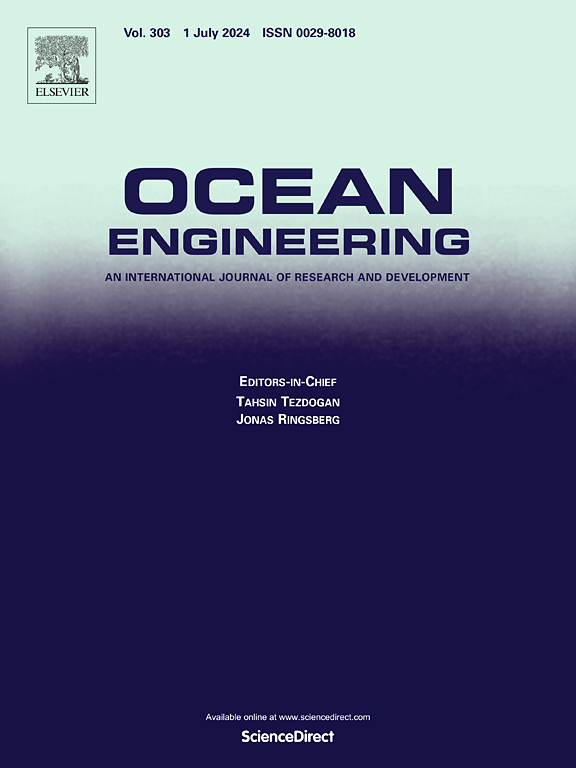Development of a computationally efficient CFD model for vertical-axis hydrokinetic turbines: A critical assessment
IF 4.6
2区 工程技术
Q1 ENGINEERING, CIVIL
引用次数: 0
Abstract
Darrieus-type vertical axis turbines are suitable for hydrokinetic applications, particularly when deployed in arrays within rivers and small watercourses. However, modelling their complex and unsteady hydrodynamic interactions, both among turbines and with channel boundaries and free water surface, remains a significant challenge. This study develops a computationally-efficient Actuator Cylinder (AC) model that is coupled for the first time with the Volume of Fluid (VOF) method to account for free water surface variations. The proposed AC model calculates instantaneous blade forces, but simplifies them by projecting only the average forces, eliminating dependence on time-step size. The new approach, developed with the CFD code Ansys Fluent, has been validated against experiments and benchmarked with a higher-fidelity Actuator Line Method (ALM). Results indicate that the AC model provides reasonably accurate estimates of turbine performance, as well as the impact of the turbines on the flow field within the channel. For a stand-alone turbine, the AC model shows close alignment with the ALM, with a maximum difference of only 3.5% for the power coefficient. However, in array simulations, the AC model tends to underestimate the performance. Compared to the ALM, which more closely matches experimental data, the AC model overestimates the upstream water rise due to turbine-channel interactions and underestimates the power augmentation seen in Darrieus turbine arrays. Overall, the AC model offers an acceptable balance between accuracy and computational efficiency, significantly reducing computational time by one order of magnitude compared to the ALM. This makes the proposed CFD-AC-VOF model a practical tool for rapid and cost-effective analysis, in particular for the industrial sector.
求助全文
约1分钟内获得全文
求助全文
来源期刊

Ocean Engineering
工程技术-工程:大洋
CiteScore
7.30
自引率
34.00%
发文量
2379
审稿时长
8.1 months
期刊介绍:
Ocean Engineering provides a medium for the publication of original research and development work in the field of ocean engineering. Ocean Engineering seeks papers in the following topics.
 求助内容:
求助内容: 应助结果提醒方式:
应助结果提醒方式:


